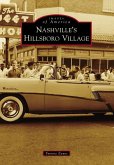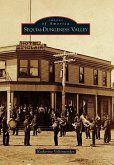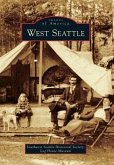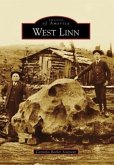Hillsboro began as a crossroads for the Native American Atfalati, retired trappers, missionaries, and land-hungry settlers whose collection of farms became East Tualatin Plains. These earliest residents were drawn to the rich valley land between the forested creeks. As the missionary influence waned and the railroads arrived in the 1870s, the town, by then called Hillsborough, was dubbed Sin City. Farmers and merchants quenched their thirst and gambled in saloons and placed bets on horse races down Main Street. Throughout the early 20th century, Hillsboro became predominantly a conservative, family town. Residents enjoyed their town bands, theaters, and Carnegie Library. Then and now on the Fourth of July, proud farmers drive their state-of-the-art farm equipment in the downtown parade, and fireworks light up the sky at the County Fairgrounds. Today the crossroads is one of agriculture and high technology, as people from around the world become new residents of Hillsboro, drawn to the Tualatin River plain as were their predecessors.
Hinweis: Dieser Artikel kann nur an eine deutsche Lieferadresse ausgeliefert werden.
Hinweis: Dieser Artikel kann nur an eine deutsche Lieferadresse ausgeliefert werden.








